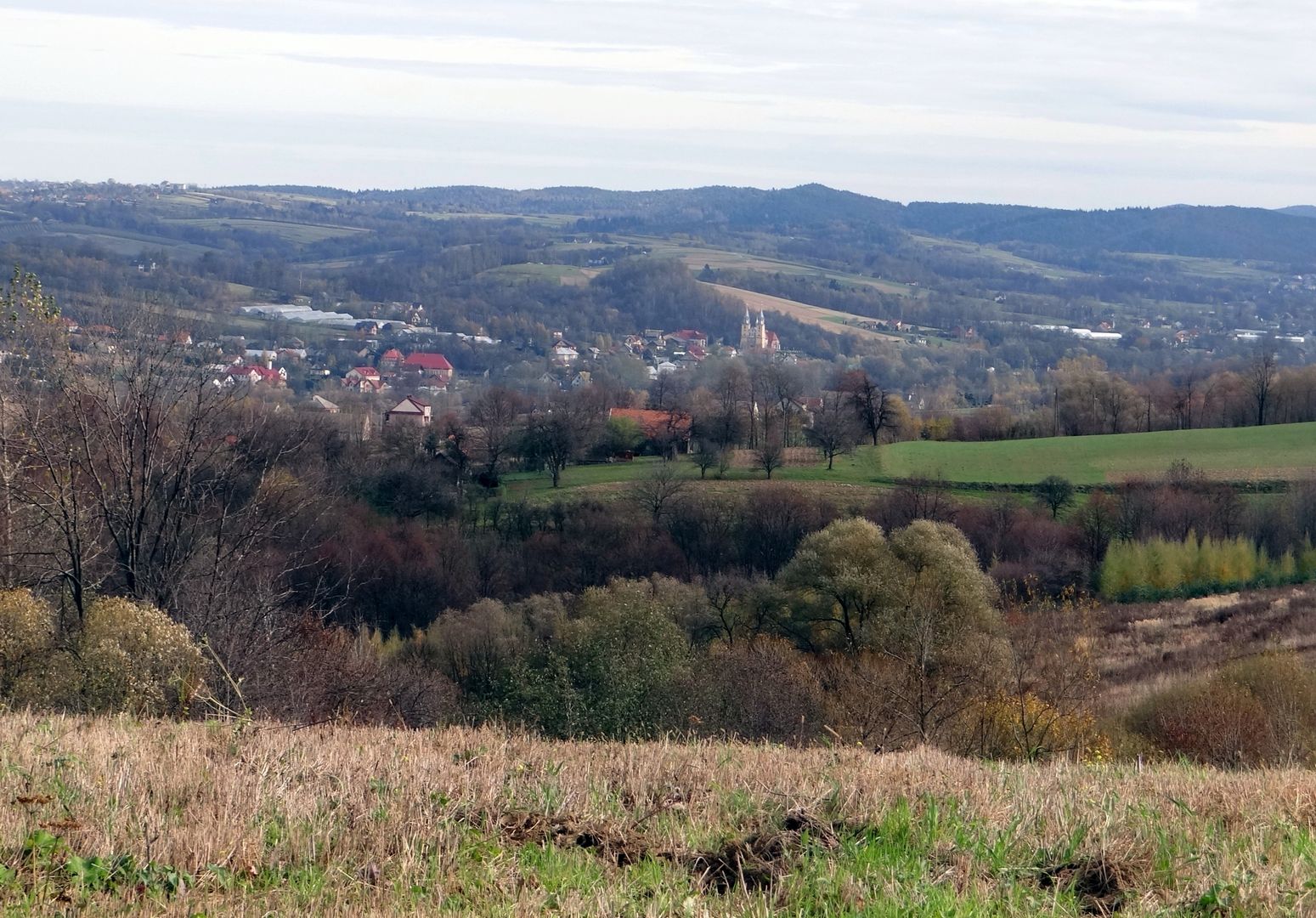Trzciana
6

Overview
Trzciana is a village located in the Lesser Poland Voivodeship, in Bochnia County, and serves as the administrative seat of the Gmina Trzciana. Its name derives from the Proto-Slavic word meaning "reed," indicating the marshy areas surrounding the local rivers. The first written records of the settlement date back to the 13th century when it was known as Libichowa. Trzciana was granted town rights in 1785 but lost its municipal status in 1896, reverting to a village. A key architectural landmark is the Parish Church of St. Margaret, whose history traces back to the 13th century. The present brick church has been rebuilt multiple times, retaining elements of Gothic and Baroque styles. It houses a baptismal font from 1497 and Baroque altars from the 17th and 19th centuries. Trzciana has a rich history, including influences from the Monastery of the Canons Regular of Penance, and tragic events during the Swedish Deluge and World War I, where intense battles took place. Numerous monuments in the area commemorate local residents and fallen soldiers. Interestingly, during the interwar period, Trzciana was a center of peasant movement activities. The village also boasts natural values, as it lies within the Protected Landscape Area of the Wiśnickie Foothills, and the Sanka River, which flows through the village, has good water quality. In 1997, a flood severely damaged many buildings, but thanks to community engagement and external support, the damages were quickly repaired. Trzciana is filled with roadside chapels, monuments, and charming landscapes, making it a place of unique character and rich history.
Location
2025 Wizytor | All Rights Reserved